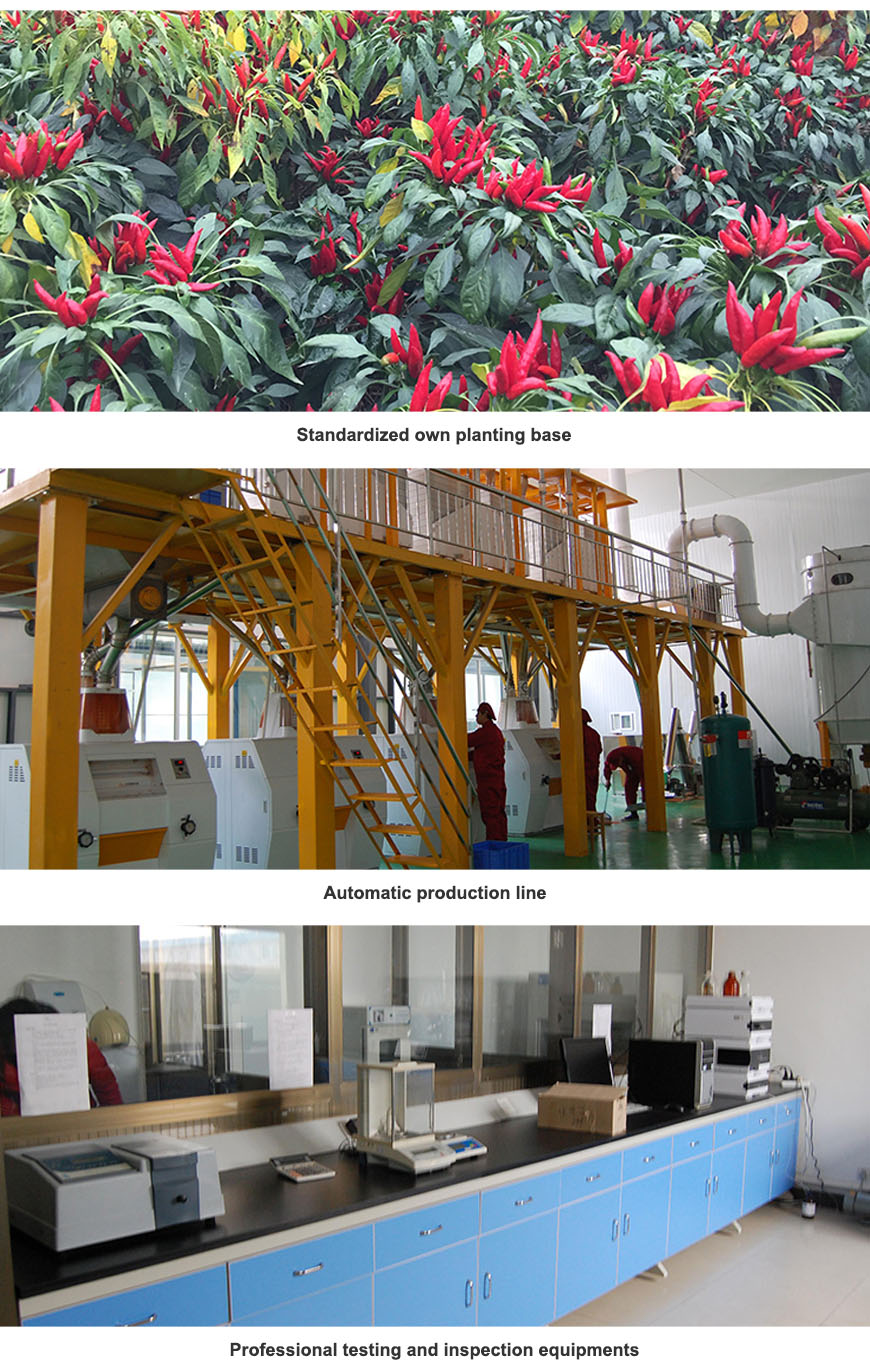Nov . 08, 2024 12:33 Back to list
Types of Dried Chili Peppers and Their Uses in Food Production
Understanding Dried Chili Pepper Types and Their Factory Production
Dried chili peppers are a staple ingredient in cuisines around the world, renowned for their ability to add heat and flavor to dishes. The variety of dried chili pepper types is as diverse as the cultures that use them, each with its unique flavor profile, heat level, and culinary application. This article will explore the different types of dried chili peppers and how they are produced in factories, shedding light on the intricate process that brings these vibrant ingredients to our kitchens.
The Diversity of Dried Chili Peppers
There is an impressive array of dried chili pepper types, each suited to different culinary uses. Here are some of the most popular varieties
1. Ancho Peppers These are the dried version of the Poblano pepper, known for their rich, mildly spicy flavor with hints of sweetness and fruitiness. Ancho peppers are often used in Mexican dishes, particularly in mole sauces.
2. Guajillo Peppers With a characteristic deep red color and a smoky, berry-like flavor, guajillo peppers are widely used in salsas, marinades, and sauces. They offer moderate heat, making them versatile for different recipes.
3. Chipotle Peppers These are jalapeños that have been smoked and dried, providing a distinct smoky flavor alongside moderate heat. Chipotles can be used whole or ground into powder, adding depth to various dishes such as stews and barbecues.
4. Cascabel Peppers Known for their earthy, nutty flavor, cascabel peppers provide a mild heat level. They are often found in Mexican sauces and are easily recognized by their round shape and shiny, dark skin.
5. Arbol Peppers Arbol peppers are long, thin, and very spicy. They are often used in sauces, soups, and as a garnish to add heat to dishes. Their vibrant red color makes them an attractive choice as well.
6. Habanero Peppers Although not as commonly found dried, habanero peppers provide an intense heat and a fruity undertone. When dried, they are often ground into powder and used sparingly due to their heat level.
Each of these dried chili peppers has a unique profile, contributing differently to the flavor and heat of dishes. The choice of which type to use often depends on individual preferences and the desired outcome of a recipe.
dried chili peppers types factories

The Production Process in Factories
The journey of dried chili peppers from farms to our tables involves several key steps, typically conducted in factories specialized in spice production.
1. Harvesting The first step involves the meticulous harvesting of fresh chili peppers. Optimal picking times are crucial, as peppers need to be harvested at their peak ripeness to ensure maximum flavor.
2. Cleaning Once harvested, the peppers are cleaned to remove dirt and debris. This step is essential for maintaining product quality and ensuring food safety.
3. Drying The most critical phase in the process, drying can be accomplished using various methods, including sun-drying, air drying, or mechanical drying. Each method affects the flavor, color, and heat of the final product. For instance, sun-dried peppers may develop a different flavor profile compared to those dried mechanically.
4. Sorting and Grading After drying, the peppers are sorted and graded based on size, color, and quality. High-quality peppers are essential for ensuring the best flavor when used in cooking.
5. Packaging Once sorted, the dried chili peppers are packaged in airtight containers to preserve freshness. They are then labeled with information regarding their type, origin, and heat level.
6. Distribution The final step involves distributing the packaged dried chili peppers to retailers, restaurants, and consumers worldwide.
Conclusion
Dried chili peppers are more than just a spice; they are a fundamental part of culinary heritage across cultures. Understanding the various types and the production process helps appreciate the complexity and diversity they bring to our meals. From the smoky depth of chipotle to the sweet heat of anchos, each dried chili pepper is a gateway to exploring and enjoying the rich tapestry of flavors that global cuisines offer. As you venture into your cooking, remember the significance of these vibrant ingredients and the careful craftsmanship that brings them to your kitchen.

